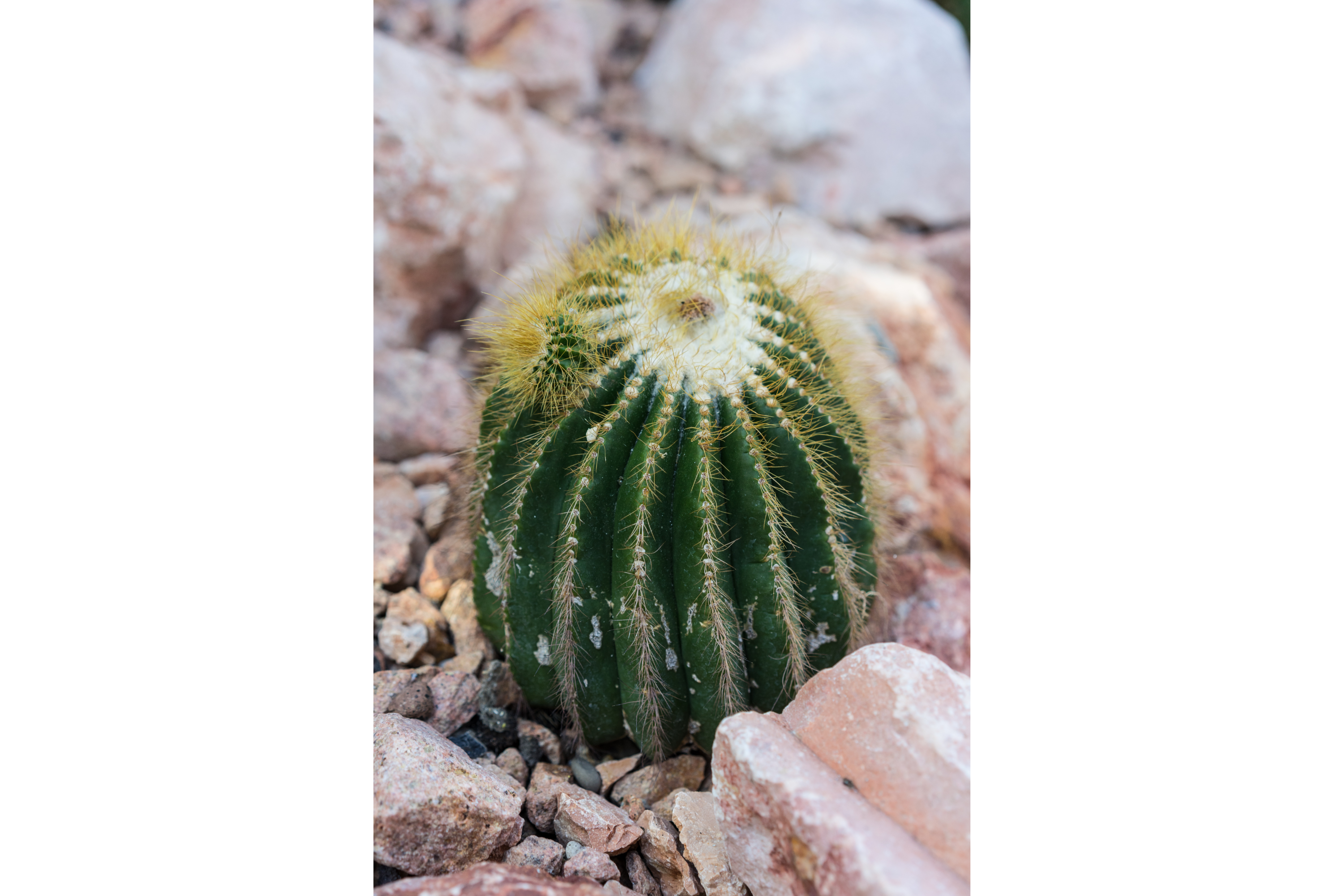Parodia schumanniana
(Parodia schumanniana)

Description
Parodia schumanniana is a quite rare species of succulent plant in the family Cactaceae. The specific epithet schumanniana honors the cactus specialist Karl Moritz Schumann. Parodia schumanniana is a perennial globular to columnar plant with a diameter of about 30 cm and a height up to 1.8 meters. The 21-48 well-marked ribs are straight and sharp. The bristle-like, straight to slightly curved spines are initially golden yellow, turning to brown or red and gray later. The one to three central spines, which can sometimes also be absent, are 1 to 3 inches long. The flowers bloom in Summer. They are lemon-yellow to golden yellow, with a diameter of about 4.5 to 6.5 cm. The fruits are spherical to ovoid, covered with dense wool and bristles and have diameters up to 1.5 centimeters. They contains reddish-brown to almost black seeds, which are nearly smooth and 1 to 1.2 millimeters long. This species is distributed in southern Brazil, southern Paraguay and northeastern Argentina. It prefers rocky slopes. Parodia is a genus of flowering plants in the cactus family Cactaceae, native to the uplands of Argentina, Peru, Bolivia, Brazil, Colombia and Uruguay. This genus has about 50 species, many of which have been transferred from Eriocactus, Notocactus and Wigginsia. They range from small globose plants to 1 m (3 ft) tall columnar cacti. All are deeply ribbed and spiny, with single flowers at or near the crown. Some species produce offsets at the base. They are popular in cultivation, but must be grown indoors where temperatures fall below 10 °C (50 °F). The genus is named after Domingo Parodi, one of the early investigators of the flora of Paraguay.
Taxonomic tree:







